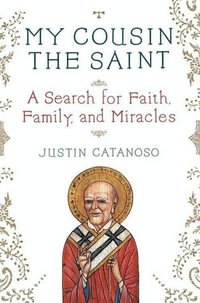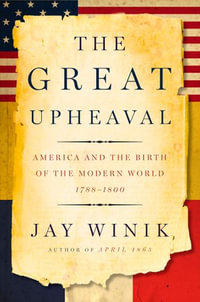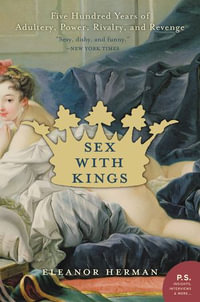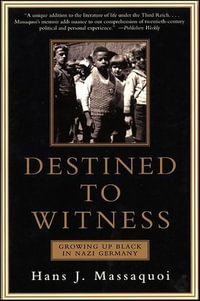Booktopia has been placed into Voluntary Administration. Orders have been temporarily suspended, whilst the process for the recapitalisation of Booktopia and/or sale of its business is completed, following which services may be re-established. All enquiries from creditors, including customers with outstanding gift cards and orders and placed prior to 3 July 2024, please visit https://www.mcgrathnicol.com/creditors/booktopia-group/

Imagining the Witch
Emotions, Gender, and Selfhood in Early Modern Germany
By: Laura Kounine
eBook | 8 November 2018 | Edition Number 1
At a Glance
eBook
RRP $107.82
$97.99
or
Instant Digital Delivery to your Booktopia Reader App
ISBN: 9780192524812
ISBN-10: 019252481X
Series: Emotions in History
Published: 8th November 2018
Format: ePUB
Language: English
Publisher: OUP Oxford
Edition Number: 1
You Can Find This eBook In
This product is categorised by
- Non-FictionHistoryRegional & National HistoryEuropean History
- Non-FictionHistoryEarliest Times to Present DayEarly Modern History from 1450 to 1700
- Non-FictionHistorySpecific Events & Topics in HistorySocial & Cultural History
- Non-FictionReligion & BeliefsAlternative Belief SystemsOccult StudiesWitchcraft
- Non-FictionHistoryGeneral & World History
- Non-FictionMind, Body, SpiritMysticism, Magic & Occult InterestsWitchcraft & Wicca
























